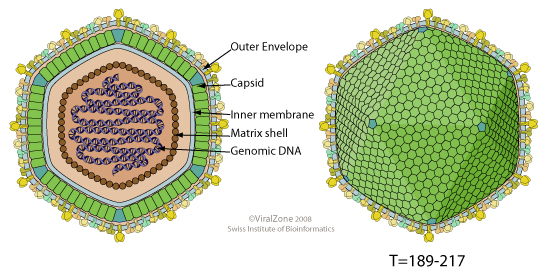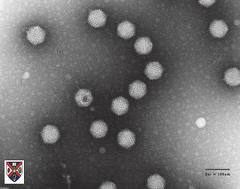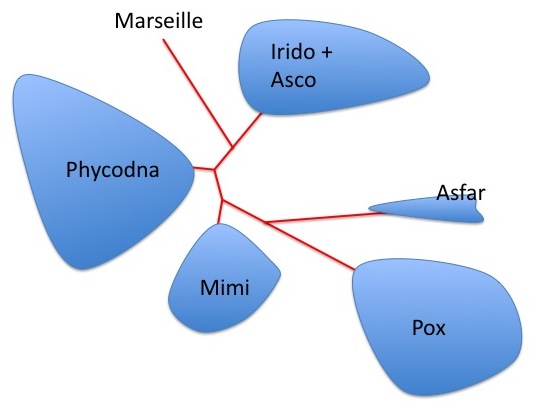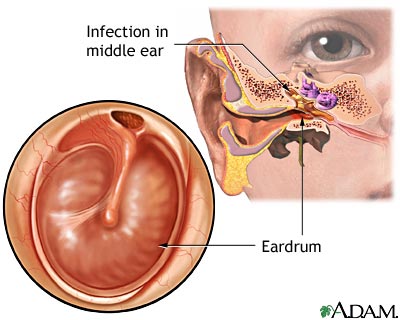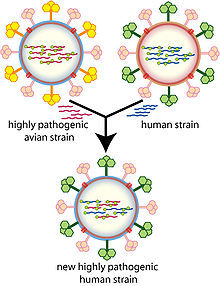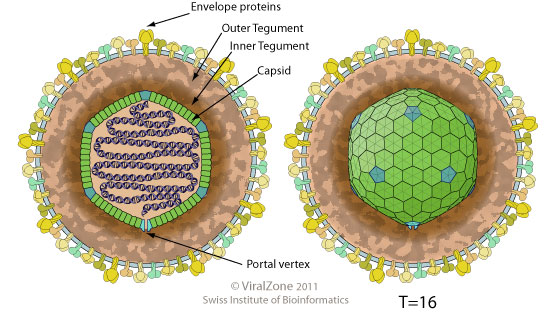Asfarviridae is a family of viruses that primarily infects swine, resulting in an onset of African swine fever. There is a single genus in this family: Asfivirus. The name of this family and genus are derived from the acronym: African swine fever and related viruses. Only a single species has been described to date for this genus.
This group of viruses are the only known arthropod borne DNA viruses. The viruses in this family are all enveloped and have double-stranded DNA genomes. Continue reading
